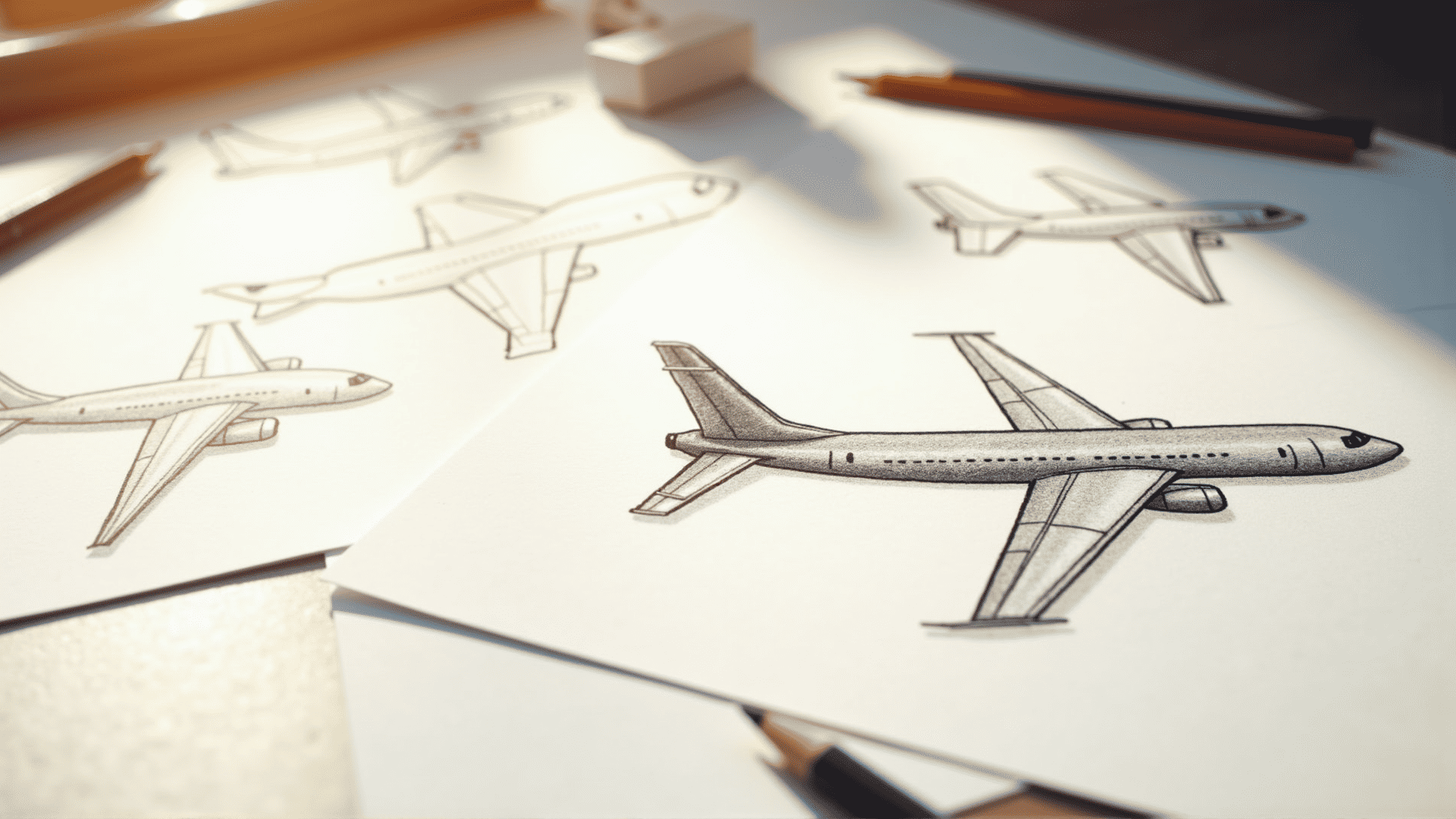Creating captivating aircraft illustrations is a unique blend of technical precision and artistic flair, requiring an understanding of both the mechanical intricacies of aircraft and the techniques to render them beautifully on canvas or digital platforms. Whether you're a novice eager to explore the world of aviation art or an experienced artist seeking to refine your skills, mastering aircraft illustrations can be a rewarding endeavor.
Understanding Aircraft Anatomy
The first step in creating stunning aircraft illustrations is understanding the anatomy of the aircraft you wish to depict. Familiarizing yourself with different types of aircraft—ranging from commercial planes and military jets to vintage biplanes—will give you a broader palette to choose from and help you present them authentically. Pay attention to details like the fuselage, wings, tail, cockpit, and landing gear, as these components offer a framework for your illustrations.
Mastering Perspective and Proportions
A crucial skill in aircraft illustration is getting the perspective and proportions right. Due to their structural complexity, aircraft can be challenging to draw accurately. Start by practicing basic shapes and explore different angles—from side views to dramatic overhead or undershot perspectives. Using reference grids or digital modeling software can be advantageous, allowing you to manipulate the aircraft's position to ensure accuracy and visual appropriateness.
Sketching Techniques
Begin with rough sketches to capture the general silhouette and orientation of the aircraft. Use light pencil strokes or digital sketching tools to outline primary shapes. Don't shy away from using reference photos, especially when detailing less familiar aircraft models. Once the basic form is established, gradually add details like windows, panel lines, and texture, following the distinctive features highlighted in your reference guide.
Incorporating Realism and Detailing
Realism can bring your aircraft illustrations to life, making them more engaging for viewers. Pay attention to lighting and shadow, considering the aircraft's position and the light source in your composition. Add details like rivets, seams, and engine exhaust marks, which can enhance the realism and convey the aircraft's authenticity. For digital art, experiment with brushes and layers to mimic these textures effectively.
Exploring Color and Texture
Color brings vibrancy to your illustrations. Whether working traditionally with watercolors and oils or digitally through painting software, choose a color palette that reflects the aircraft's real-world hues or the mood you aim to present. For electronic illustrations, layer effects and blending modes offer immense possibilities to mimic the textures of metal, glass, and rubber found on aircraft.
Creating Dynamic Scenes
To elevate your illustrations, consider aircraft in motion or set them within dynamic environments like clouds, skies, or even realistic landscapes. This not only adds depth to the artwork but also narrates a story. Consider factors like aerodynamics and speed lines if illustrating aircraft in motion, and use atmospheric effects like contrails and vapors to enhance the scene's depth and realism.
Continuous Practice and Learning
Like any artistic skill, mastering aircraft illustration demands continuous practice and learning. Attend workshops, engage with image critique groups, and stay updated with advances in digital illustration tools if you're working on digital platforms. Studying aviation history and modern aeronautics can also provide inspiring themes and perspectives for your work. Exploring new styles and techniques can push your boundaries, leading to more innovative and striking illustrations.
Conclusion
Mastering the art of aircraft illustration involves a harmonious blend of technical knowledge, artistic technique, and creative vision. Whether through traditional methods or digital magic, crafting vivid and accurate aircraft illustrations is a journey that promises both challenge and satisfaction. With dedication and a keen eye for detail, you can transform blank canvases into breathtaking aerial wonders. Indulge your passion for flight and artistry, and let each illustration take your audience on a journey through the skies.
